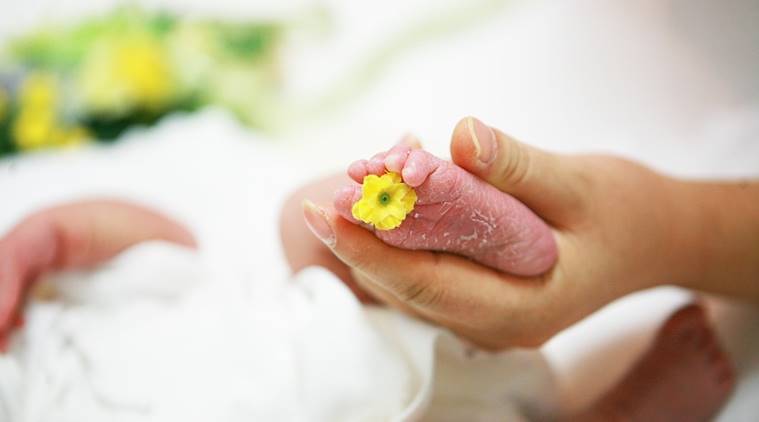The first advantage of water birth is pain relief. When the contractions or labour pains start, the warmth of the water soothes and calms the labouring mom. The need for pain relievers or analgesics is reduced. The circulation improves and the back and perineal muscles are relaxed.

Dr Rajeshwari Pawar
A water birth is where labour and delivery, either partly or fully, happen when the labouring mom is in a birth pool filled with lukewarm water. The birth pools are found in a hospital or a birthing centre.
Advantages of water birth
1. The first advantage of water birth is pain relief. When the contractions or labour pains start, the warmth of the water soothes and calms the labouring mom. The need for pain relievers or analgesics is reduced. The circulation improves and the back and the perineal muscles are relaxed. Once the labouring mother is relaxed, the contractions come on better and labour progression is smoother.
Also Read| The baby’s coming! Here are 5 signs that you’re going into labour
2. In a standard hospital bed, the mother’s movement is restricted during labour and all that she can do is turn right or left or in a semi-reclining position. Unless of course, she gets out of bed to walk around. However, few women wish to walk around when in labour. If the woman is in water birthing suites, it allows more freedom of movement in the first stage of labour.
3. It has also been noticed that for women who use water birthing facilities, the chances of a perineal tear is much lesser. The tissues are more supple and result in the easy descent of the foetus through the birthing canal.
Is water birth safe?
Some women prefer to go through the second stage as well in water. The foetus is indeed in a pool of water (amniotic fluid) for nine months. Therefore, it sounds very natural for the baby to make its first passage through the water.
However, it can be dangerous. That’s because though the baby breathes in utero, taking the first breath after the baby is born may end up in meconium aspiration and cause a life-threatening complication termed as “Meconium Aspiration Syndrome” or “Pneumonia”. Therefore, the second stage of labour, which means from the time of full dilatation of the cervix to the delivery of the foetus, should not be in the birthing pool.
Moreover, the foetal monitoring (taking a trace of the heartbeat and recording the contractions) is also not possible in water. The mother may have to intermittently come out of water on to the bed to undergo the monitoring of her unborn baby.
Pregnant moms who are carrying twins or have had a previous “Lower Segment Caesarean Section” or have raised blood pressure or any other complication are also contraindicated from using a birthing pool. It is meant for only those mothers with no medical risk factors and only the first stage of labour should happen in a birthing pool. The delivery of the baby is safer on “dry land” than in a “pool of water”.
(The author is Consultant, Obstetrics & Gynecology, Motherhood Hospitals, Kharadi, Pune)
Source: Read Full Article
